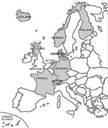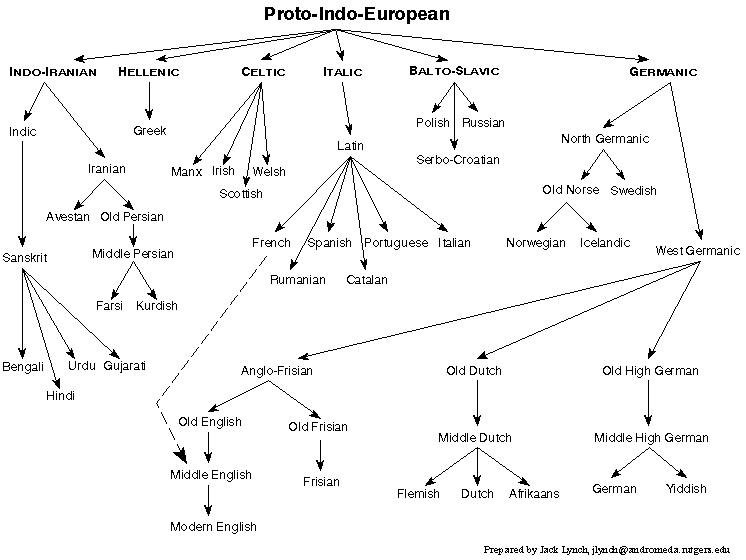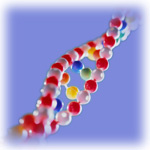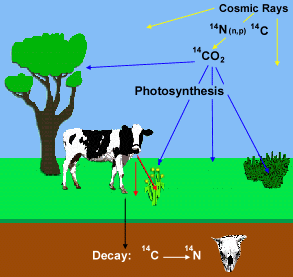|

The majority of modern European languages include English, Spanish, French, German, Portuguese, and Slavic languages. Many
of these have come from a common ancestor. Languages such as the romantic languges, which include Spanish and French, and
the germanic languages, which include English and German are members of the Indo-European language family.

|
| Roman Colloseum |
The Indo-European Family of Languages
Italic languages are also a part of the Indo-European language family. These languages are spoken in much of Italy and include
Latin which was originally the language of Rome. Etruscan, which is spoken in what is now Tuscany and was the most important
language spoken in Italy around 500 BC, this language is not part of the Indo-European language family and was abandoned as
Latin took over the area along with the Roman Empire.

The languages spoken in Europe today hold their origins in the oldest languages spoken in Europe, the Indo-European languages.
Through archaeological evidence we have been able to deduce that there was an ancestor of Indo-European languages, the Proto-Indo-European
language. (Renfrew, 1988) The Proto-Indo-European language family is very controversial and there is a lot of disagreement
as to where the original geographic location is. Some places mentioned in the literature are Urheimat considered to be the
original homeland, Armenia just northwest of the Black Sea, and Anatolia. The location of the Indo-European language origin
is more stable and is said to be in a region situated in the southern of Russia around 4,000 B.C. This population started
its spread into the Danube area of Europe and beyond around the 3,500 B.C.
The Proto-Indo-European family was formed of nine languages: Celtic, Germanic, Italic, Albanian, Greek, Balto-Slavic, Armenian,
Iranian and Indo-Aryan. Celts were the first Indo-European people to spread across Europe, in the 5th century, reaching the
Black Sea and Asia Minor, south-west Spain, central Italy and the whole Britain.
Proto-Indo-European Language
Evidence:
The evidence for the origins and development of the Proto-Indo-European and Indo-European languages and their spread through
continuity, although limited, are both genetic and archaeological.
Genetic Evidence:

In genetics, Luca Cavalli Sforza and his associates have contributed the bulk of discoveries about the relationship between
genetics and linguistics. They have found (1) the aerial distribution of genetic markers largely corresponds to that of the
world languages (Cavalli Sforza, Menozzi, Piazza, 1978); (2) language differentiation must have proceeded step by step with
the dispersal of humans. (3) Independent geneticists working on DNA have recently determined that 80% of the genetic stock
of Europeans goes back to Paleolithic (Sykes, 2001).

|
| Radiocarbon Dating |
Archaeological Evidence:
In archaeology, the chronologies of European prehistory have been obtained by radiocarbon and other dating techniques. In
contrast to the previous Indo-European Calcholithic Invasion Theory of invasions and wars that replaced cultures and languages
there is absolutely no trace of a massive warlike invasion that would have caused a linguistic replacement and there is evidence
that all Neolithic cultures of Europe either are a direct continuation of Mesolithic ones, or have been created by Mesolithic
groups after the Neolithic by intrusive farmers from the Middle East. There is also possible evidence for demic and cultural
continuity, from the Paleolithic to the Metal Ages. Continuity is now universally considered the basic pattern of European
prehistory, "the archaeologists' easiest pursuit the demonstration of relative continuity and absence of intrusion"
(Mallory, 1989).
|

